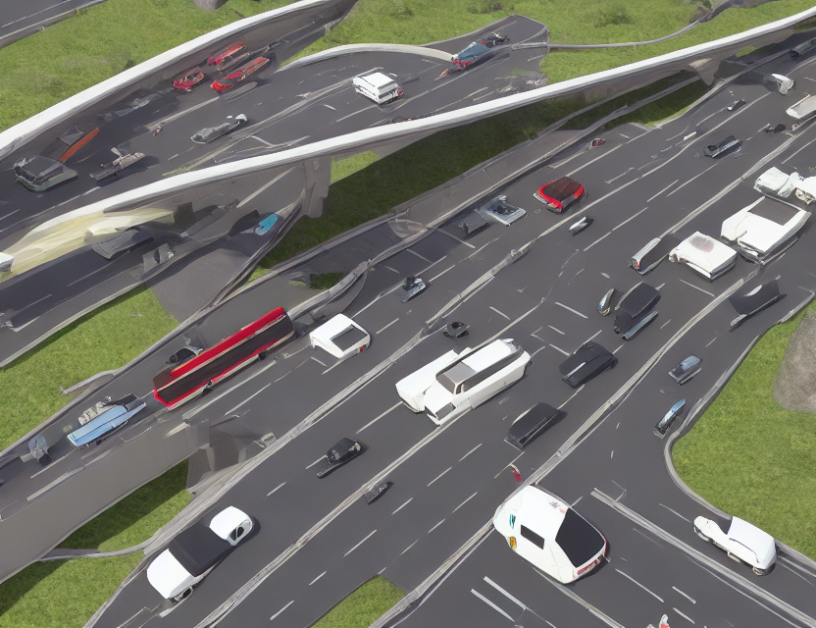Highway driving is a significant contributor to greenhouse gas emissions, with stop-and-go (SAG) waves being a common phenomenon in congested traffic. SAGs occur when cars traveling on a highway periodically form waves that propagate down the highway, leading to unnecessary acceleration and braking. These events are not only frustrating for drivers but also responsible for higher fuel consumption, longer travel times, and increased emissions. The good news is that SAGs are preventable, and several technologies have been identified to alleviate them.
Autonomous Vehicles (AVs) are one of the most promising solutions to mitigate SAGs. Multiple studies have demonstrated the potential of AVs to reduce these events by maintaining a consistent speed and avoiding sudden stops and starts. Reinforcement learning, another technology, can also help optimize traffic flow and reduce SAGs. Variable speed limits are another effective way to prevent these events by adjusting speed limits based on traffic conditions.
Understanding when and where SAGs occur is crucial to enabling these interventions. By using machine learning algorithms to analyze real-time traffic data, we can identify patterns and predict when SAGs are likely to happen. This knowledge can help us implement strategies to prevent these events and reduce their impact on climate change.
In conclusion, SAGs are a significant problem in highway driving that contribute to greenhouse gas emissions and other externalities. However, there are several promising technologies that can help alleviate these issues. By leveraging machine learning algorithms and real-time traffic data, we can identify when and where SAGs occur and implement strategies to prevent them. With a concerted effort, we can make meaningful progress towards tackling climate change and creating a more sustainable future for all.
Computer Science, Machine Learning
Preventing Highway Congestion with Autonomous Vehicles and Reinforcement Learning



